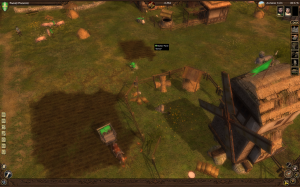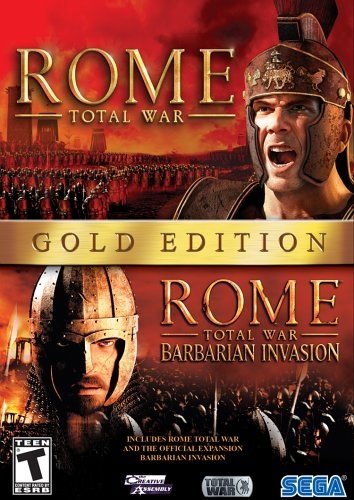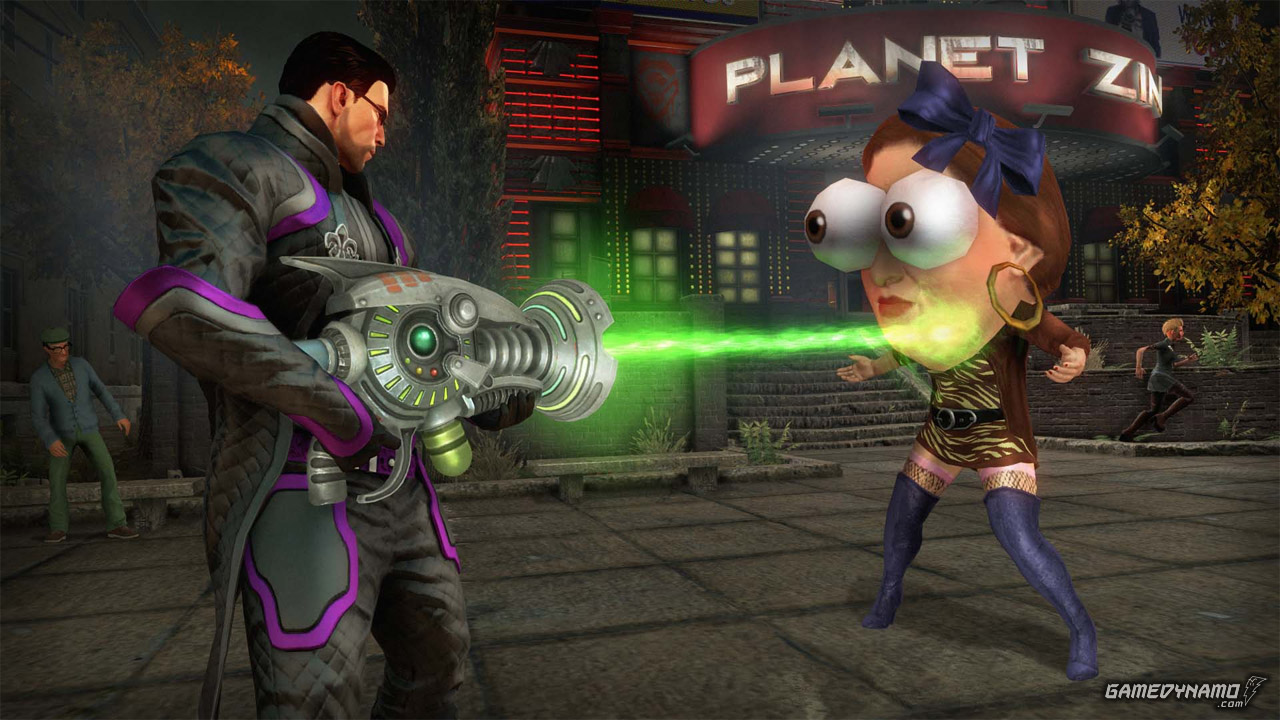I get really addicted at war thunder ground forces, so I write this article helping you fans to understand more about how different kinds of tank cannon rounds works. Meanwhile, may you have a happy valentine day! For more mobile video games, please visit our website.
Below are from war thunder wiki: Keep reading if you like.
After the First World War, recently introduced tanks underwent rapid development, and as their armour protection grew stronger, a need for suitable armour-piercing ammunition was evident. In interwar period, several types of armour-piercing shells appeared, and their development further progressed during World War 2.
The most basic shell type was regular armour piercing (AP) shell. Usually, it was made from solid steel. These shells were relying on their kinetic energy to penetrate enemy armour, and as such, they relied on sufficient muzzle velocity, and were losing their penetration value over distance. Because regular steel would likely shatter or deform upon impact on enemy armour, high carbon content was added during manufacturing, giving the shell increased hardness. Upon impact, it acted like regular bullet. causing damage through spalling and by it's own mass.Typical example of this shell is American 75 mm M72.
When armour plates started to be face hardened (eg. hardening of outside armour plate), regular AP shells had difficulty to penetrate, and were likely to bounce or shatter upon impact. As a counter-measure, APC shell (Armour-Piercing, Capped) was developed. This shell, while retaining basic characteristics of AP shells, carried hardened cap, which had very hard tip, but soft steel body, and was intended to protect the underlying "main" tip of the shell from shattering. As an example of APC shell, we can use American 37 mm M51 shell. For more mobile strategy games, search on our front page.
AP and APC shells were effective against armour, but their shape was quite non-aerodynamic, causing higher drag during flight and thus decreasing effective range. This problem was eventually solved by adding so-called ballistic cap. The ballistic cap, usually made from soft steel, had more streamlined shape and was placed on tip of the AP shell, improving shell's aerodynamic shape. Upon impact, it shattered easily, and had negligible negative effect to shell's penetration capability. Combination of AP shell with ballistic cap was designated APBC (Armour Piercing, Ballistic Cap), while APC shells fitted with ballistic cap were known as APCBC (Armour Piercing Capped, Ballistic Cap). American 76 mm M62 shell is a good example of such round.
Due to improvements in armour protection of armoured vehicles, it was necessary to further increase muzzle velocity to give AP rounds enough of kinetic energy for achieving penetration against thicker armour. In order to do this, propellant charge could be increased. However, this solution was very impractical and expensive, since it would require enlarged shell casing and subsequent construction of larger gun breech and barrel.
The idea of achieving higher kinetic energy by scaling down the penetrator's caliber proved to be much better solution. This resulted in creation of Armour Piercing, Composite Rigid (APCR) shell. It's scaled down (eg. sub-caliber) penetrator was usually made from high-density material such as tungsten carbide, and was housed in a lightweight aluminium outer shell. These rounds had high muzzle velocity (often exceeding 1000 m/s) due to smaller mass of penetrator being propelled by the same amount of propellant as a regular full-caliber shell, allowing it to penetrate substantially thicker armour.






 South Park: The Stick of Truth – Chinpokomon Guide
South Park: The Stick of Truth – Chinpokomon Guide Pokemon X & Y Guide: Pokemon in Route 4 - Parterre Way - GamersHeroes
Pokemon X & Y Guide: Pokemon in Route 4 - Parterre Way - GamersHeroes L.A. Noire The Red Lipstick Murder Guide
L.A. Noire The Red Lipstick Murder Guide A Glorious Failure: Rome Total War II
A Glorious Failure: Rome Total War II Saints Row IV – Murderbot Minigun Guide
Saints Row IV – Murderbot Minigun Guide